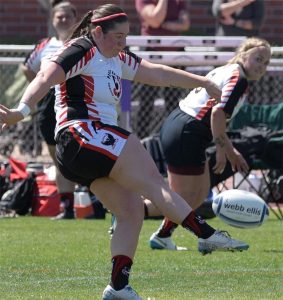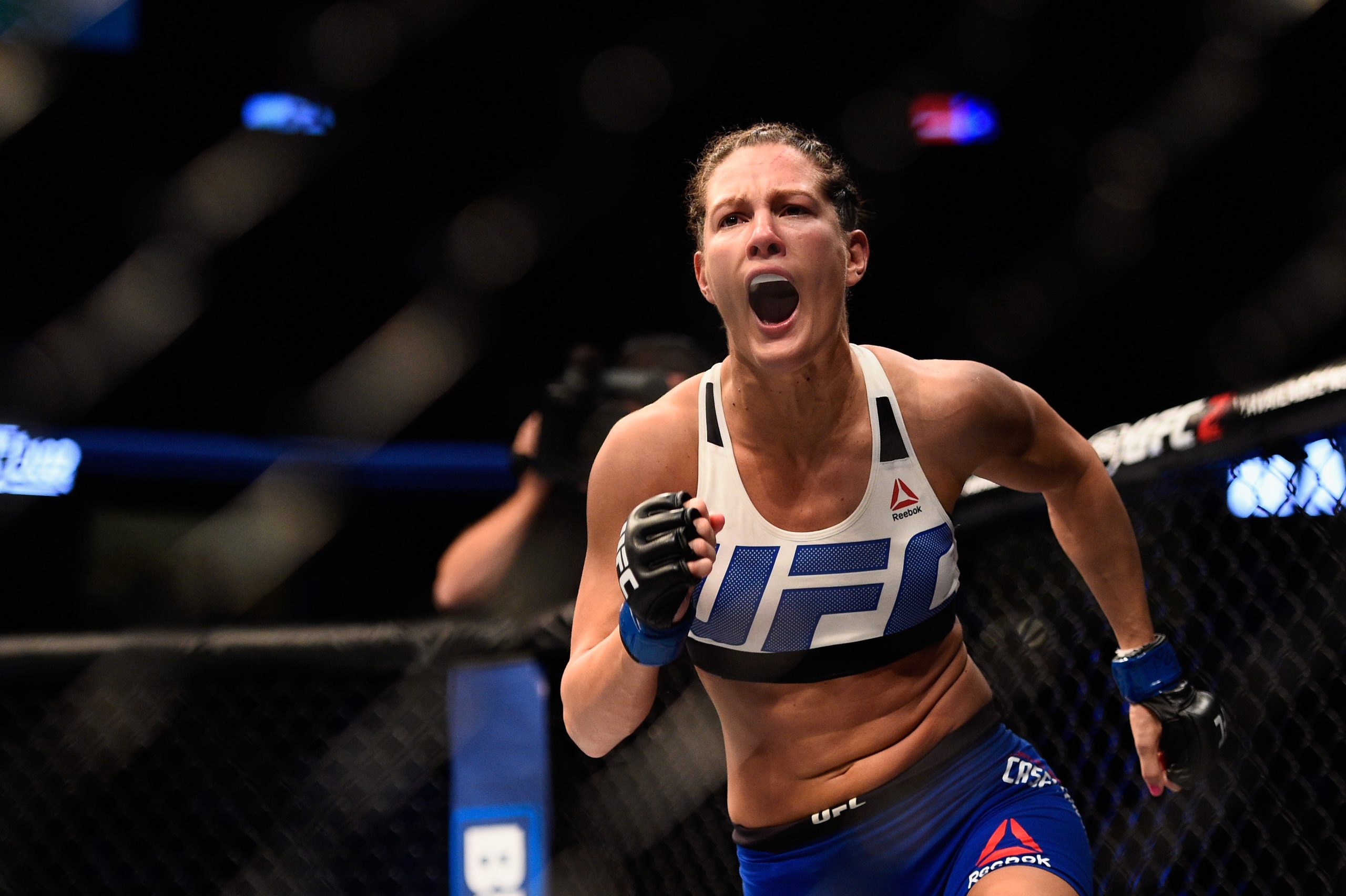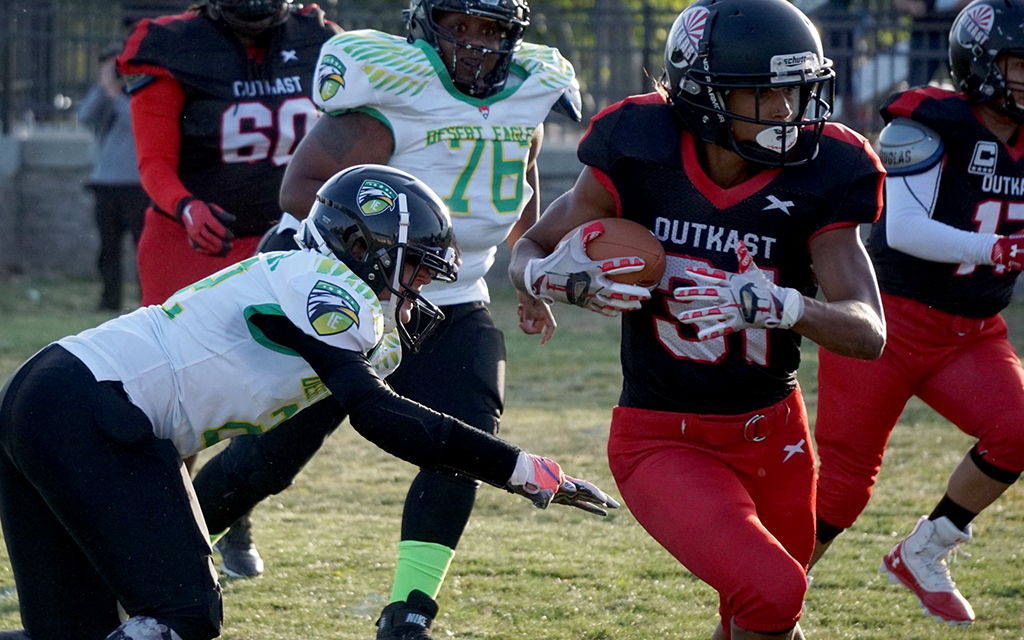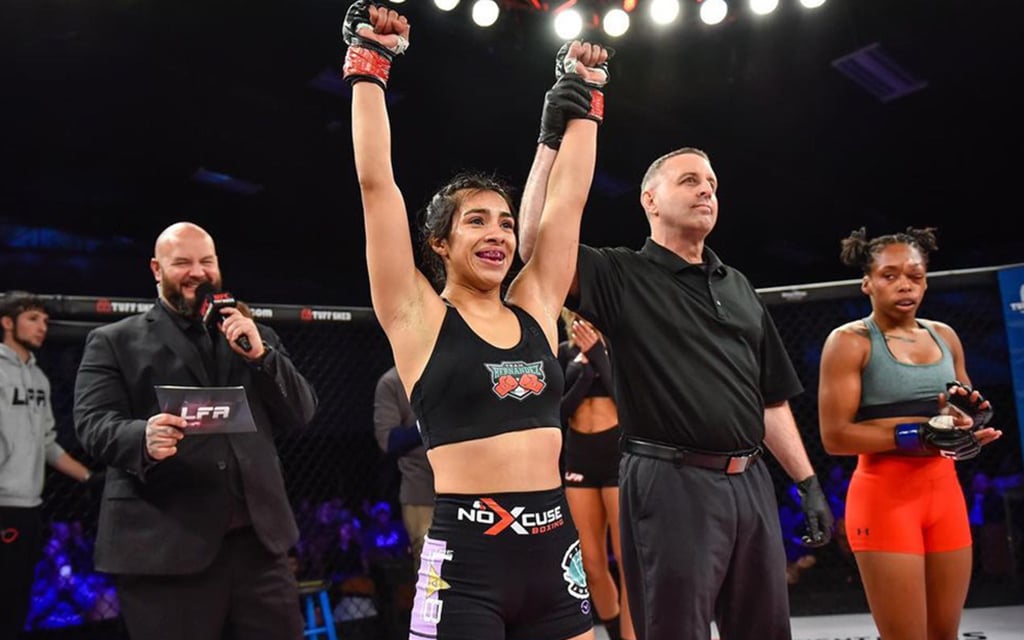PHOENIX – Embarking in the world of athletics can pose formidable challenges for women. Whether their dream is to play for financial gain or make a career out of a passion, the pursuit is often met with inequalities on many levels between male and female athletes.
For decades, powerful and rebellious women have taken these issues head-on in male-dominated sports, including MMA, rugby and football. Between unequal pay and funding, fewer opportunities and judgment of their build, age and sexuality, women are held to higher standards than their male counterparts. Skill is never enough for a woman athlete to succeed and earn respect. They need to work twice as hard while balancing all aspects of life that come with being a woman.
“We’re going to fight for a seat at the table, we’re going to stay at the table,” said Jillian Sowell, who founded the women’s club of Phoenix Rugby. “We’re here. We’re not going anywhere. So pay us fairly.”
Not making cents
Rugby’s history of creating a rich culture among teams goes further than what takes place on the pitch. For many teams, this looks vastly different between men and women. While the bond and cohesiveness exist for women, they spend more time fundraising in creative ways to keep their programs afloat.
“We’re really good at adapting and overcoming (adversity). You don’t want to give us the money? No problem. We’ll go sell jello shots and rock it and stack the bills,” Sowell said. “You either choose to push through that and show up for the love of the game, or you don’t … You just kind of have to get creative. And I feel like women in sports have to be the masters at being creative.”

Phoenix Rugby Club player Jessica Carpenter has played on the women’s team since it was formed in 2019. (Photo courtesy of Phoenix Rugby Club)
Although rugby, as we know it today, has been around since the 1800s as an Olympic sport for men, women were not allowed to participate until its removal in 1924 and reapplication for the 2016 Games. Olympic recognition came almost two decades after the first women’s rugby world cup, held in 1991 in Wales, where USA beat England to be crowned champions.
As rugby is quickly becoming one of the most popular rising sports in America, more females are joining and creating teams. However, funding opportunities are still not as available for women as they are for men. Of the 58 colleges that offer varsity rugby programs in the United States, there are 43 women’s teams to the men’s 35. Despite fielding eight more teams, scholarships for women’s teams equal $1,000 less per team than men’s teams.
“In college, there was a lot of discrepancy with the funding between the men’s side and the women’s side,” said Jessica Carpenter, a player for Phoenix Women’s Rugby and University of Arizona Alumni. “Even though we were both (in) exactly (the) same sport, same club, under the same leadership.”
UFC hopeful Leslie Hernandez, who trains at Phoenix’s MMA Lab, knows the financial discrepancies can be intimidating when trying to make a career out of her dream. Knowing that the pay will never equal the men’s, Hernandez balances her career pursuits with owning two businesses while taking care of her family, home and training two to three times a day.
“I feel like sometimes women work harder than men. I’ve seen it. I’ve done it,” Hernandez said. “I know I will make money and I probably won’t make the same money as the men do (but) women, they’re always going to go toe to toe.”
Hernandez expressed her frustrations of not understanding what compels audiences, promoters and managers to favor the men’s side of combat sports. Women and men do the same regimens – from training, diets and weight cuts – but the opportunities are laid out differently, not to mention income.
At UFC 269 in December 2021, Dustin Poirier and Charles Oliveira co-headlined the star-studded main event with Amanda Nunes and Julianna Pena. While Pena’s shocking upset of Nunes produced the biggest headlines, Poirer and Oliveira earned an estimated $1 million and $1.5 million payout, respectively, compared to Nunes and Pena’s combined payout of over $1 million.
‘You don’t look like a rugby player’
UFC’s Cortney “Cast Iron” Casey, who also trains at the MMA Lab in Phoenix, had a quick rise in her career. Starting on Tuff-N-Uff, one of the nation’s largest mixed martial arts amateur organizations, before quickly moving overseas to the Xtreme Fighting Championships (XFC) and Pacific Xtreme Combat (PXC), she was swiftly picked up by the UFC after her short amateur stint.

UFC’s Cortney Casey fights out of Phoenix’s MMA Lab and holds a 10-10 professional record in the flyweight division. (Photo by Jeff Bottari/Zuffa LLC/Zuffa LLC via Getty Images)
Casey’s quick road to success still did not provide her with advantages over her male colleagues, who outnumber women for pay-per-view fight cards and main-event spots. Securing sponsorships is also trickier when “sex sells” – a difficult pill to swallow for women who put their bodies on the line in the octagon but are expected to expose their bodies outside of the ring.
“The opportunities are different, let’s just say that,” Casey said. “Our opportunity for sponsorships is more (about) sexualizing ourselves, which I don’t do … you have to kind of adjust your morals to get those.”
The Lingerie League opened its inaugural season in 2009 after a controversial halftime performance at the 2004 Super Bowl. Later rebranded the Legacy League, the women ditched football pants and jerseys for underwear and bras and laid each other out on the field in front of a stand full of “football fans” and TV viewers. However, the concept of lingerie football was not as cut and dry as the surface showed.
“From first glance, I thought it was all about exploitation. You know, sex sells, so the less you’re wearing, the better it was going to be,” said Sareli Utley, a player for the women’s tackle football team, Arizona Outkast. “After hearing (a former Lingerie League player’s) perspective, they do that because they felt (like) that was the only way of getting seen.”
The most common issue with the Lingerie League was women feeling they had to strip down in order to get the same spotlight as men in football. Utley added that the negative imagery can impact girls into thinking it’s their only option.
Women also experience various forms of body shaming, but the negativity increases significantly for women in sports who are expected to go the extra mile to sell their image with their bodies. Whether appearing too big, too small, too skinny or too large, women are rarely accepted as athletes independent of their image.
“You don’t look like a rugby player,” is just an iota of what Phoenix Women’s Rugby’s Payleigh Behan hears.
On top of body image expectations, women are expected to retire at an earlier age than men. The traditional viewpoint of women being stay-at-home wives and mothers carries into athletics with critics not understanding or ignoring that women can be family-oriented and the leader of the house.
“Women are fragile. They can’t do those types of things. They’re not as athletically built as men,” said Stacey Maydahl, a player for Arizona Outkast. “Women are built different, but we are 10 times stronger than men because we can give birth and they cannot.”
Working overtime
Prior to UFC President Dana White stating that “women would never fight in the UFC” in 2011, there was Strike Force, one of the first major opportunities for women to earn a spot in the main event. Less than three months after White’s statement, UFC’s parent company, Endeavour, purchased Strike Force.
“It is challenging … because we are such a small percentage of fighters, being a female fighter,” Casey said. “Not to mention we have a lot less weight divisions.”
Of the 1,053 active rostered fighters on UFC’s site, only 161 of them are women, which accounts for roughly 15% of the promotion’s fighters. The men have eight different weight classes compared to the women’s four.
It was not until 2012, after the UFC had been operating for almost 20 years that they would sign their first woman, Ronda Rousey, to a contract. Only one women’s bantamweight (135 pounds) division was promoted during UFC 157 in 2013, when Rousey and Liz Carmouche made history as the first women to fight in the UFC.
Unlike the UFC, women’s football has a longer history and dates back to 1926, when women scrimmaged during halftime games of NFL teams such as the Frankford Yellow Jackets, Dayton Triangles and the Columbus Panhandles. The 2000s marked the development of the Women’s Football Alliance (WFA), United States Women’s Football League (USWSFL) and Independent Women’s Football League (IWFL) as the only three 11-on-11 women’s tackle football leagues.
The WFA played its first season in 2009, hosting 30 teams around the nation in tackle football. WSFL and IWFL have seen massive decreases in production, further minimizing the opportunities for women’s football programs.
“Women, we have to work 10 times harder to do relatively anything when it comes to equality,” Utley said. “You know, we’re still fighting for that mark.”
Arizona Outkast operates under the WFA as part of its Division 3 program, which is home to 29 other teams and hosts 122 teams nationally. Players are composed of long-time football fans that never got the chance to play during their high school or college years.

Arizona Outkast running back Jazmyne Reining works through the defenders with her eyes on the end zone. The Outkast is one of 30 teams in Division 3 of the Women’s Football Alliance. (Photo courtesy of Sareli Utley)
“We could probably do it (athletics) better (than men),” Maydahl said. “Have you ever watched women’s basketball or women’s soccer? We are way more competitive and way more brutal than these men.”
As flag football grows in the Valley among high school girls after the Arizona Interscholastic Association sanctioned the sport last year, Arizona Outkast believes women’s football is here to stay the next 10 years will create monumental shifts in women’s football.
“There’s nothing that girls or women can’t do. We can do a lot of things that men and boys can do,” said Chan Ellis, a player for Arizona Outkast. (There’s) no gender. When it comes to sports, we can do all the sports just as well as they can do (them).”

